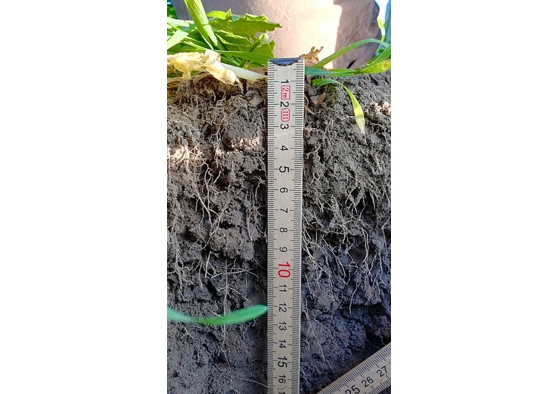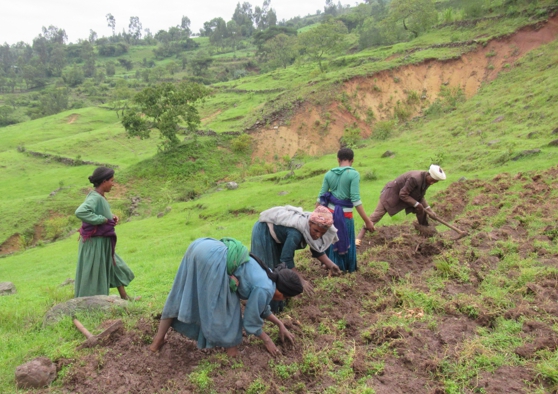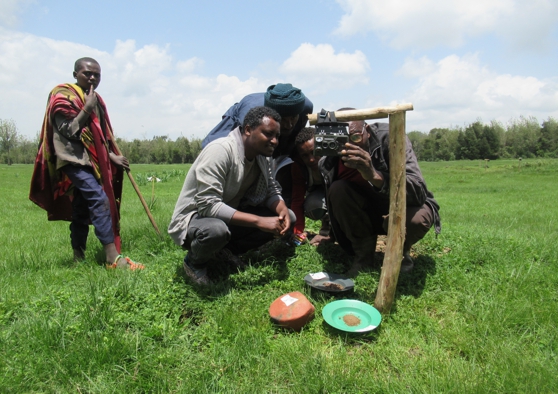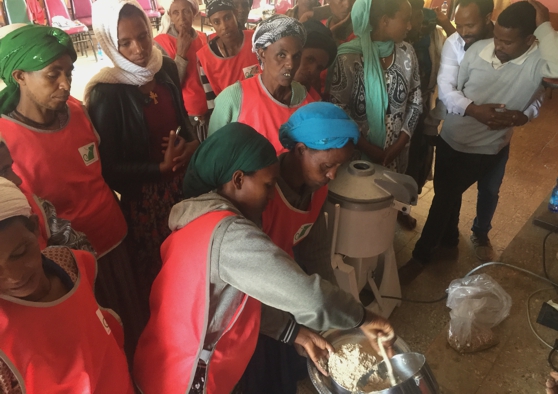Regenerative Agriculture
Blogs about ...
More documentation
Value chains and finance training module from the Learning Agricultures Series explaining the market and finance development for small farmers Ecologically based rodent management rodent can reduce crop yields and bring diseases Making bio-fertilizer increased soil fertility is within reach of local producers Transitioning towards regenerative agriculture in Ethiopia Stories and lessons from the Green Future Farming Program




